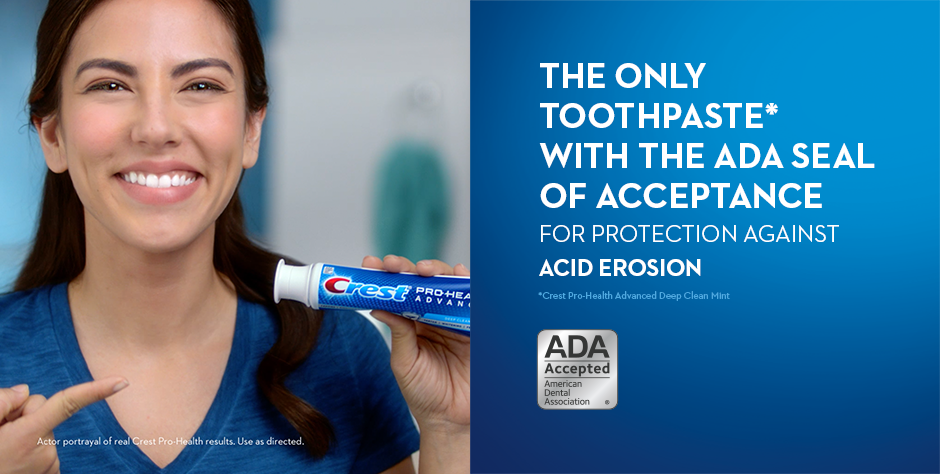Are there such things as brands in much of the Government sector? I don’t think there are. That’s a good thing. And here’s why.
I believe brands fundamentally require a competitive environment in which to actually work. I’m sure there’s an economic model that explains why – I don’t know it. But the reason why and when I believe brands work best has to do with the value I think they are intended to create: to drive preference; to encourage loyalty; to lift margin; to underpin and align a competitive and commercial business model with the people who believe in and buy from that organization.
Brands have to work to help consumers to make choices. They need to stimulate recognition, preference and loyalty based on interaction and clear senses of expectation and delivery. Therefore you need to have both choice and competition available. There are of course parts of the public and local government sector that are contestable – and there the dynamics of brand work well. Equally in the NGO sector, one of the most competitive sectors of all in my opinion, there is huge opportunity to use brands to good effect, although many don’t.
But where brands don’t work is where people have no choice and no competition. You can’t brand treasury functions for example. You can’t brand welfare. You can’t brand public health, airport security, food regulators (in fact regulators of any sort) etc. And you can’t brand local government either.
You can, and must, give those organizations identities so that they can be recognized and contacted but that doesn’t make them brands. An identity is not a brand.
Brands are driven by the need to create profit by delivering to customers. Non-brands are judged on their ability to frame, uphold and deliver on robust systems and processes.
Those are completely different frameworks – and rightly so. As the world has discovered on a number of occasions, bad things happen when you let brands run riot without market controls and equally when you ask public-good entities to suddenly adopt a commercial model when there are no competitive forces to keep them in check.
So to the irony. A brand always needs an identity. But sometimes organizations with an identity work best if they don’t try to behave, or think of themselves, as brands.
The Blake Project Can Help: The Brand Positioning Workshop and The Strategic Brand Storytelling Workshop
Branding Strategy Insider is a service of The Blake Project: A strategic brand consultancy specializing in Brand Research, Brand Strategy, Brand Licensing and Brand Education





5 comments
Andy Green
December 31, 2013 at 4:25 am
Really disagree with your assertion that certain public sector bodies can’t be brands because they don’t compete commercially. Yet, a brand is the sum of emotional, physical, and rational perceptions about an entity.
While an organization may not commercially compete it does compete emotionally for respect, loyalty, commitment, liking, being understood etc.
Communications, particularly PR needs to embrace the concept of ‘brand’ in its widest sense.
Bogdan Sava
January 2, 2014 at 10:33 am
I would consider also Greenpeace and WWF as brands, as well – positioning themselves in the minds of their fans as environment defenders; therefore, the existence of a brand would not necessarily imply a commercial framework, even if there is a competitive framework, between the views of Greenpeace, WWF and the state or some companies.
Mark Disomma
January 3, 2014 at 7:03 pm
Thanks for your feedback Andy. My point was that government entities are in the business of public service. When you impose a commercially-framed, market-driven model into that, as we’ve done before in New Zealand, it creates confusion about where the sector’s priorities lie – and that in turn affects goodwill.
I agree with you Bogdan. As I said in the piece, “Equally in the NGO sector, one of the most competitive sectors of all in my opinion, there is huge opportunity to use brands to good effect, although many don’t.” Greenpeace and WWF absolutely behave like brands. They compete for opinion with those who disagree with their politics, they compete for priority with policymakers, they compete with other NGOs for loyalty and for donations and support.
Thank you both for your thoughts.
Rob Coke
January 6, 2014 at 2:07 pm
Interesting article, Mark. I have exactly the same issue with a Government-linked project I’m working on in the UK. The organisation has a number of programme tools, some of which are presented as ‘brands’ and others just as descriptive names. My sense is that they can’t be regarded as brands – they may be wearing the clothes but there are no values to communicate. Similarly, whilst the organisation has a defined purpose, there is no commercial goal to work towards. There is a star on the horizon, but no mountain to climb!
markdisomma
January 7, 2014 at 5:24 pm
Hi Rob – thanks for your comments. Without knowing who you are referring to (naturally, that’s a matter of confidentiality) can I speculate out loud whether the problem is actually the purpose? Because unless it is inspiring, challenges what people strive to achieve and informs the framework within which the programmes sit, and there are values to guide the behaviours for people operating within those programmes, then it is probably closer to a statement of hope than a statement of purpose. Cheers, Mark.
Comments are closed.